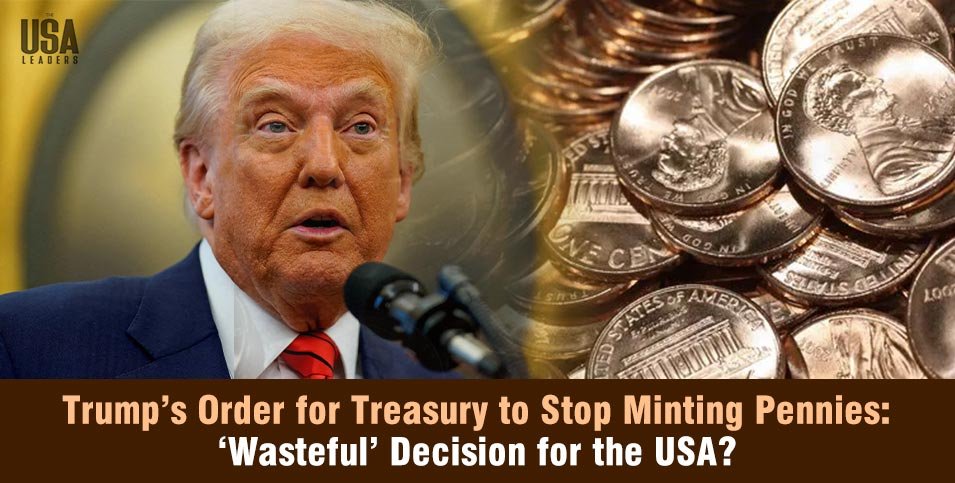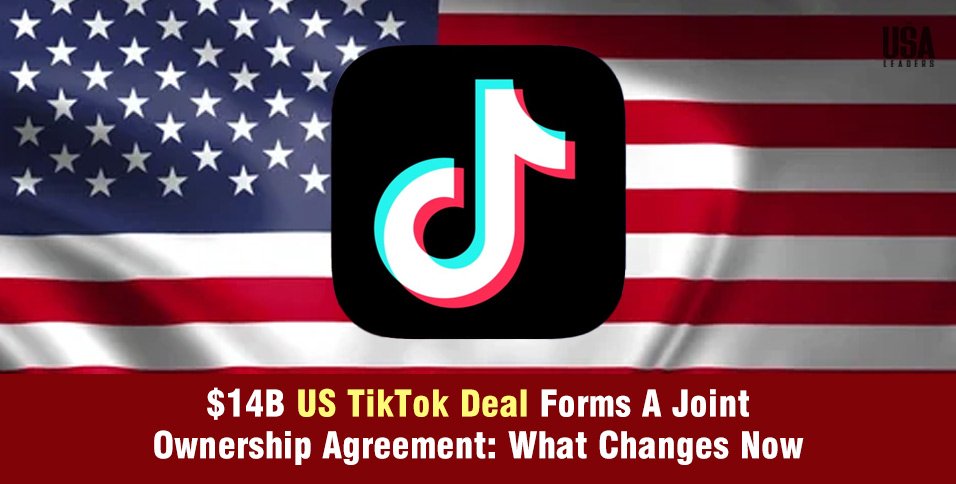The USA Leaders
10 February 2025
Washington – For over a century, the U.S. penny has clinked through cash registers and rested in jars, largely ignored yet ever-present. But with President Trump’s recent order to Stop Minting Pennies, the familiar copper coin may soon vanish. The move has ignited a national debate: Is this a long-overdue fiscal decision, or an unnecessary disruption to American commerce?
The Cost of Keeping Pennies
Each penny costs 3.69 cents to produce, far exceeding its face value. In the last fiscal year alone, manufacturing pennies resulted in an $85.3 million loss, with the U.S. Mint producing 3.2 billion pennies at a steep cost. Trump’s administration argues that discontinuing the penny is a necessary step toward reducing government waste.
Political and Economic Motivations
The decision aligns with broader cost-cutting measures. Elon Musk has been tapped to lead efforts to identify $2 trillion in federal savings, with the Department of Government Efficiency highlighting the excessive cost of producing pennies. Supporters claim this move signals fiscal responsibility, while critics question the timing and feasibility of such an order.
Legal Hurdles in Phasing Out the Penny
Despite Trump’s directive, eliminating the penny falls under Congressional authority. Previous attempts to discontinue small denominations have required legislative approval. If Congress pushes back, Trump may face yet another legal battle.
Historical Precedents: A Look at Global Trends
The U.S. wouldn’t be the first country to eliminate its smallest denomination. Canada discontinued its one-cent coin in 2012, implementing a rounding system for cash transactions. Similarly, the U.S. eliminated the half-cent coin in 1857 when inflation rendered it impractical. Advocates argue that inflation has devalued the penny, making it obsolete.
Potential Impact on Consumers and Businesses
Without pennies, cash transactions would likely be rounded to the nearest nickel, following Canada’s model. Research suggests rounding would have little impact on prices, and businesses may benefit from shorter transaction times. However, some argue rounding could lead to inflation, affecting low-income consumers who rely on cash.
Alternative Solutions to Penny Waste
Instead of discontinuing the penny, some economists propose:
- Switching to a cheaper metal like steel to cut costs.
- Revaluing the penny to five cents to eliminate inefficiencies.
- Optional rounding systems to ease the transition.
The Road Ahead
The order to Stop Minting Pennies may be a test case for broader economic reforms. While the decision aligns with efforts to cut government spending, legal and political challenges could delay implementation. Whether this marks the beginning of a penny-free America or another protracted legal battle, the fate of the penny is no longer just pocket change.
Will the U.S. embrace a post-penny economy, or will nostalgia and legal roadblocks keep the coin alive? Only time will tell.
Also Read: Google Cut DEI Program Amid Trump Executive Orders: No More Diversity Hiring?































